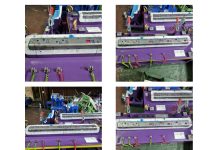What Is the Most Intuitive Countermeasure to Resolve a Split?
If your answer is “reducing drawbead strength,” then you will be surprised by the article’s conclusion. This is a new release for our “Anonymous Customer Stories” series. In this blog post, Mayank Gupta, Technical Account Manager at AutoForm India, reveals a case study from an Indian customer facing inconsistent split-related issues during production. To reach a solution, AutoForm demonstrated the importance of performing a process robustness analysis during engineering.
Problem Statement
An AutoForm customer in India was facing an issue during production trials for one of their critical parts. Cracks were observed in an area adjacent to the drawbeads despite achieving a green simulation.
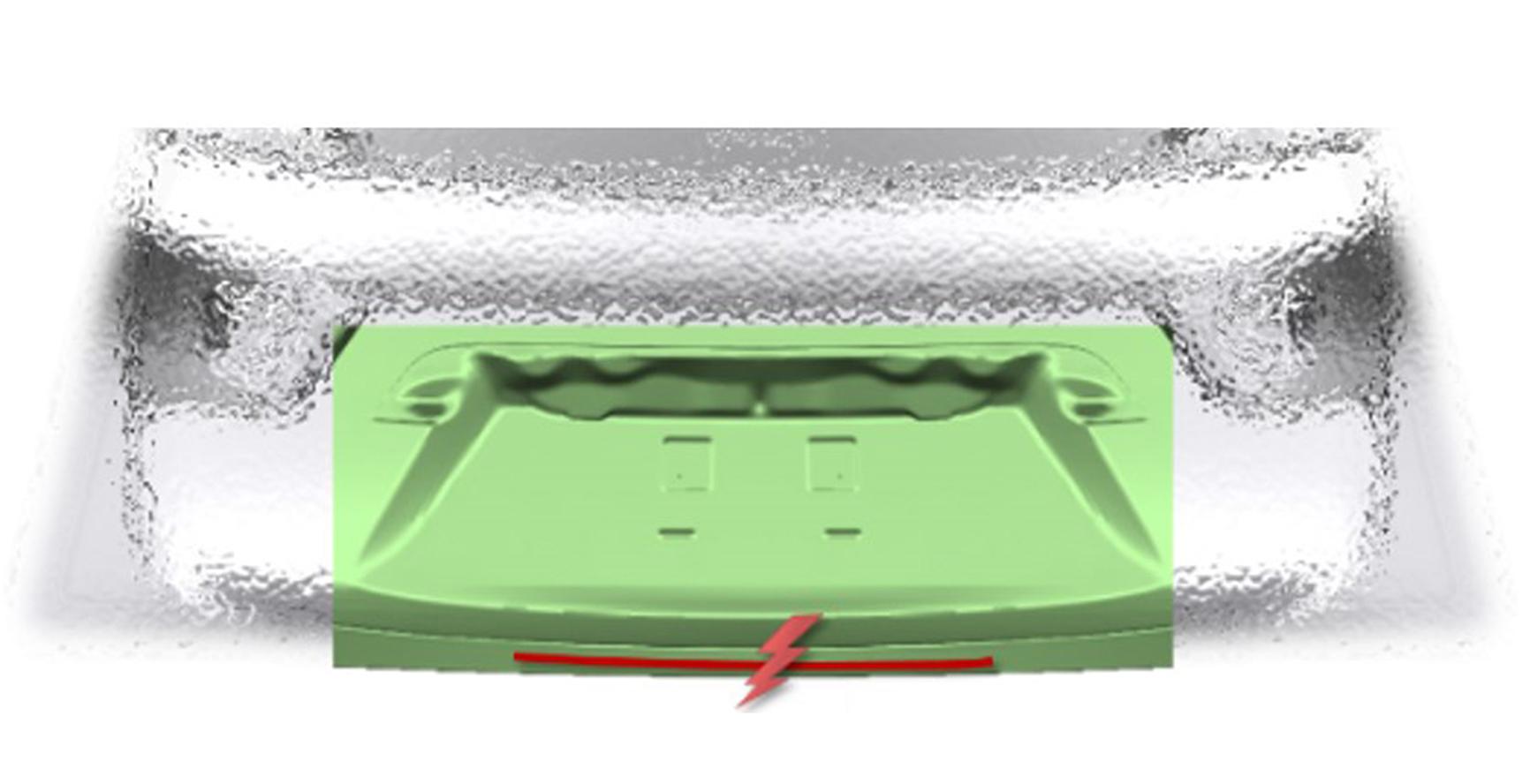
Fig. 1: Inconsistent splits were observed during production
Root Cause Analysis: Process Robustness
A joint project was initiated with the anonymous customer in question to understand the root cause of the issue. Since its occurrence was inconsistent, the issue appeared to be related to process robustness. As a result, the team decided to test the process robustness using AutoForm.
When evaluating process robustness, you must consider the parameters with uncontrollable variation. Which parameters vary in reality that cannot be controlled by the stampers?
Input parameters such as material properties, thickness, lubrication, and binder tonnage (to some extent) vary during production. Therefore, in our analysis, we defined the variation of these parameters and evaluated the results of the production simulation.
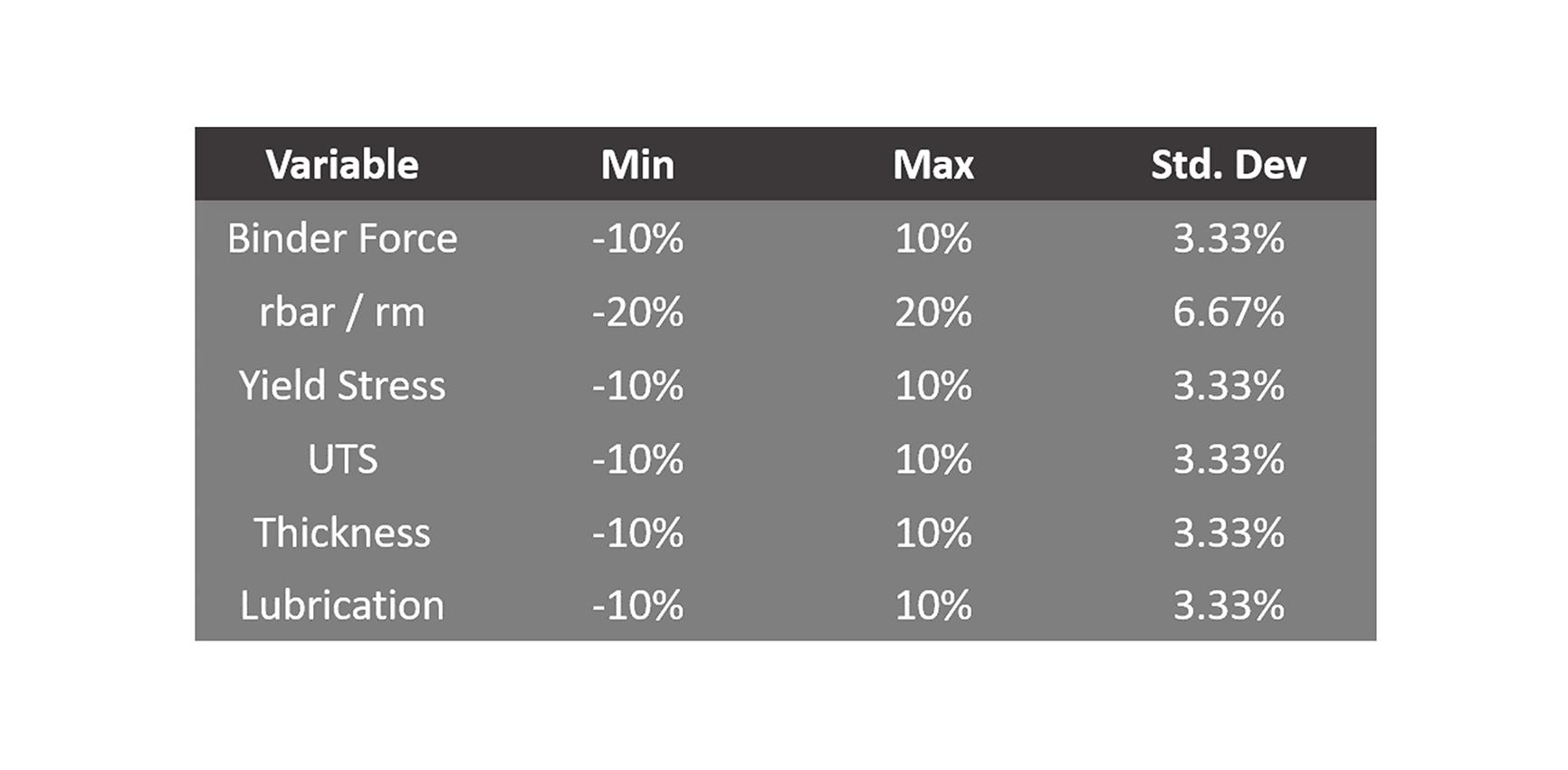
Fig. 2: Noise definition of input variables (default values were used because real variation is unknown)
Upon analyzing the results, we could see that:
- The splits caused by process instability were predicted in exactly the same areas they occurred in reality during production.
- Lubrication seems to be the most influential parameter regarding splits, but not in an intuitive way. Strangely, reduction in friction coefficient (or more lubrication) resulted in an increased occurrence of splits.
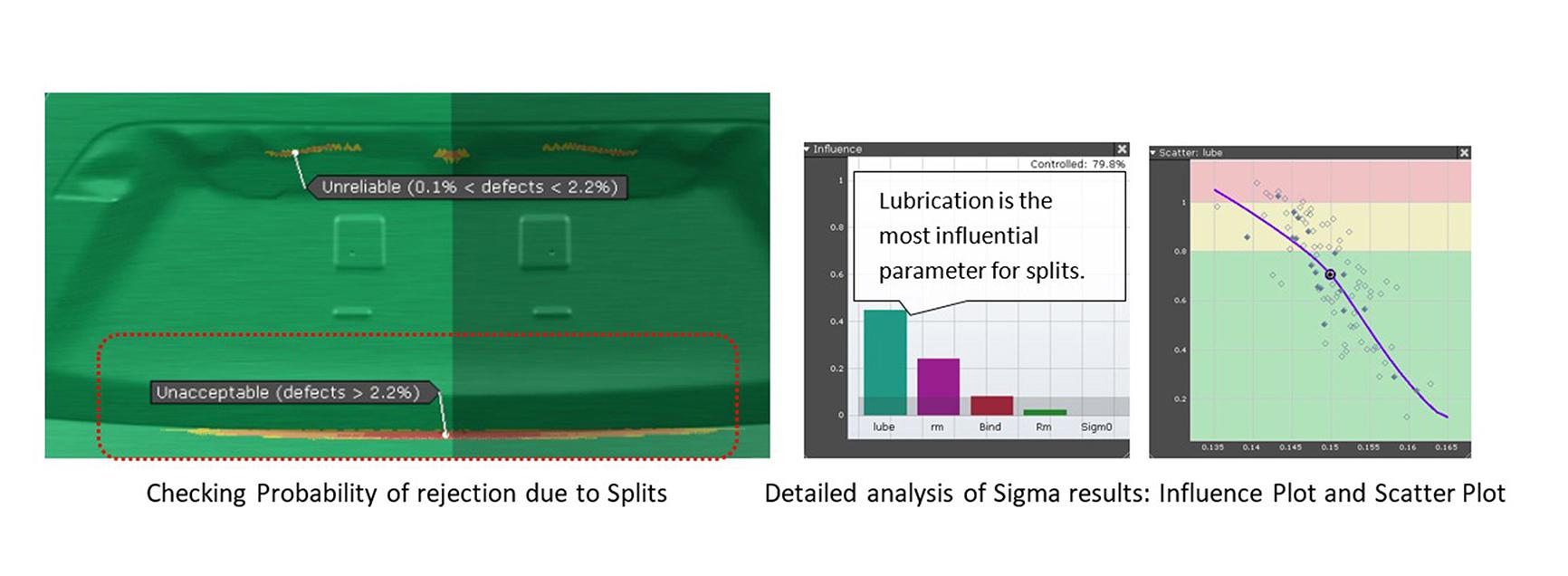
Fig. 3: A decrease in coefficient of friction (more lubrication) caused an increase in the risk of splits
Root Cause Analysis: Drawbead Study
After the initial robustness investigation, we decided to analyze the effect of drawbead shape on the formability results. To that end, we defined a variation of the drawbead shape from locking bead (higher bead height) to flow bead (lower bead height), as indicated in Fig. 4. We then ran another simulation.
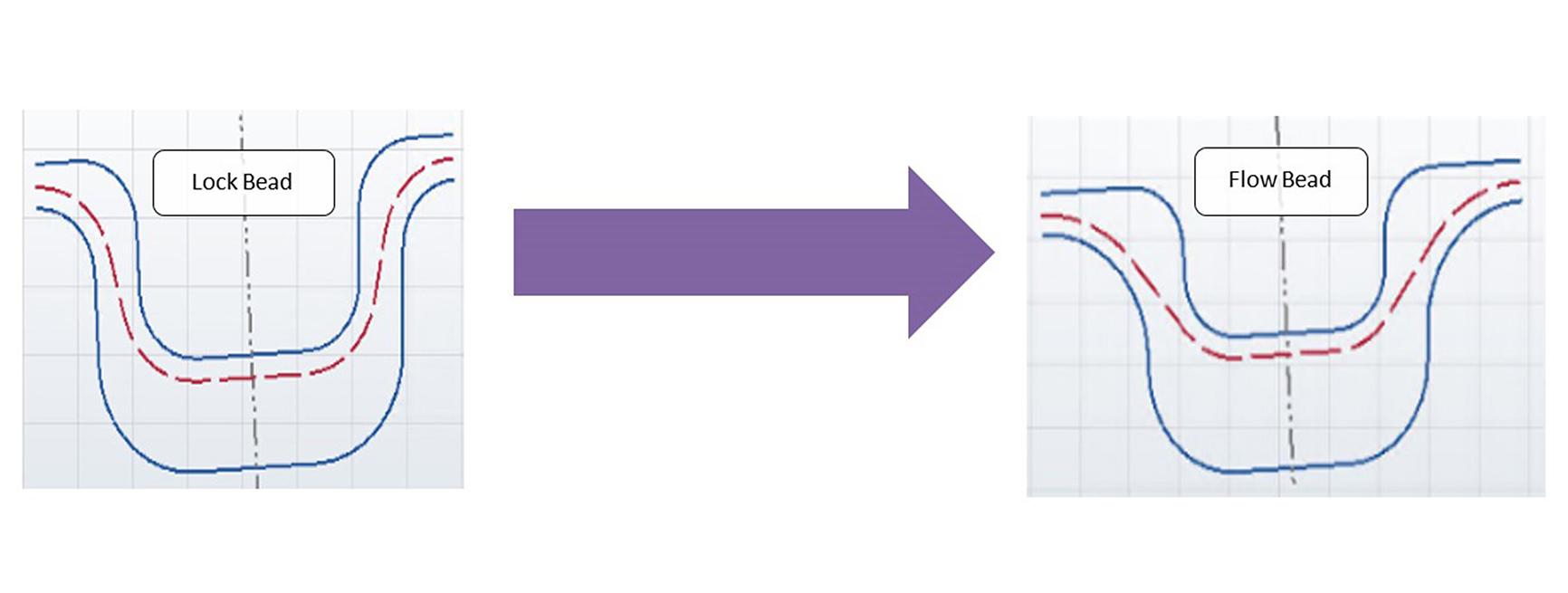
Fig. 4: Variation defined in the drawbead shape to analyze its effect on formability
After analyzing the results, we detected two areas with a high risk of splits. In addition, we observed opposing influences of bead shape on splits in these two areas. Relieving the bead solves the splits in one area, but it generates splits in the other area, which is again counterintuitive. Now the question becomes: is there a value for the drawbead’s restraining force and shape that resolves the splits in both areas? In other words, is there a window in the process?
Again, upon analyzing the results, there is a small process window for which both splits can be resolved, but any minor deviation can generate splits in either area. As you can see, the process is very sensitive, which was already evident from the robustness analysis results.
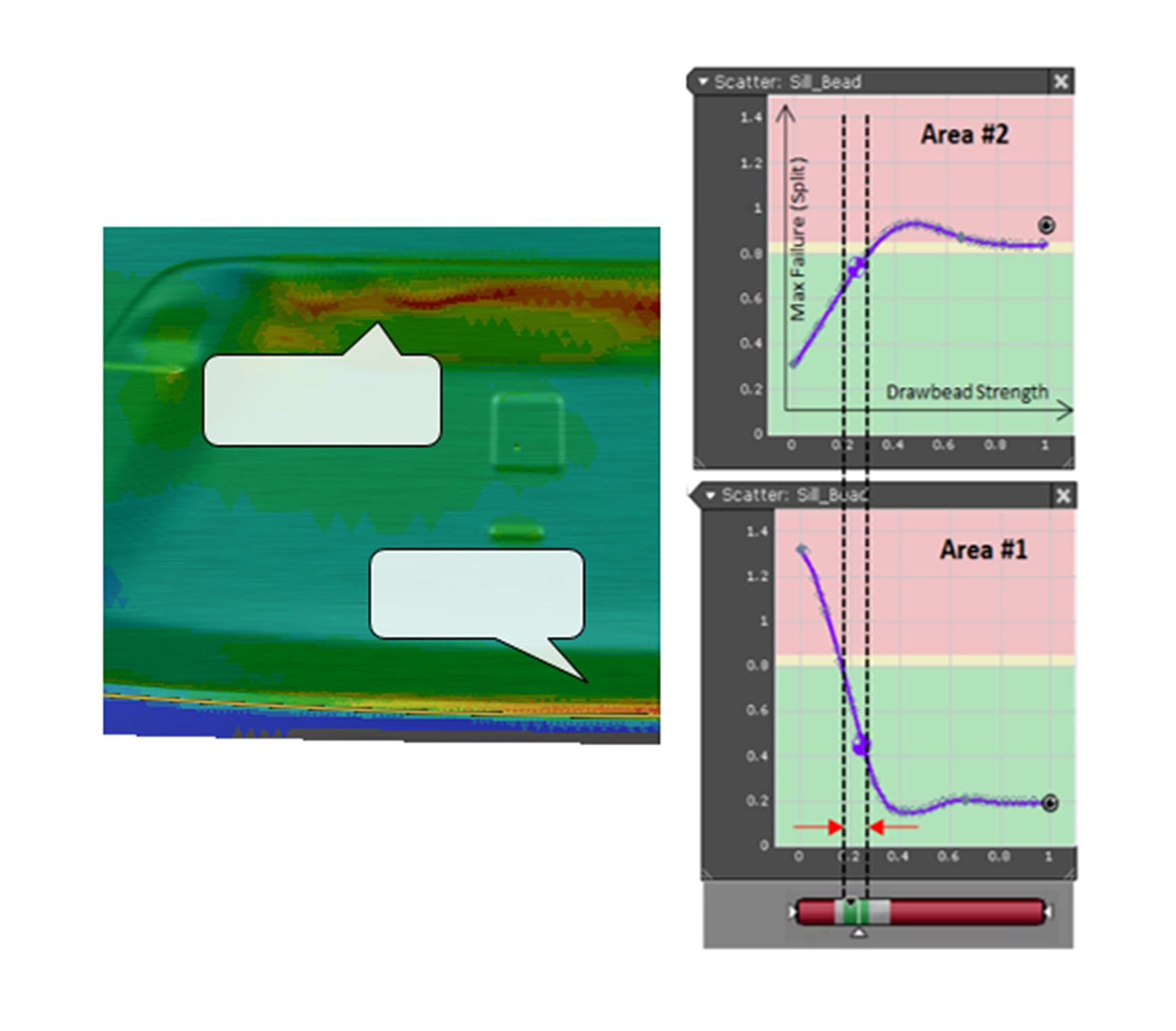
Fig. 5: Comparing the trend of split vs. drawbead strength in two areas; for area #1, a reduction in bead strength increased the tendency to split
Solution
A solution using double beads instead of a rectangular bead successfully produced better results in testing, but it required a bigger blank size which resulted in a lower material utilization. This left the customer in a difficult position. If the design and process had been tested for robustness during engineering, the customer would have had more flexibility regarding process and design changes. That way, the issue could have been solved far more easily without compromising the material utilization.
Benefits of Robustness Analysis During Engineering
This case study proves that sometimes, the most intuitive solution does not lead to the desired outcome; there are cases when experience may prompt you to adopt the wrong countermeasure. Another important takeaway is that it’s worthwhile to validate the design or process for fluctuating process parameters that always occur in production.
All costs incurred from this problem could have been avoided if the appropriate studies had been conducted during process engineering. In other words, contrary to popular belief but aligned with common sense, engineering must simulate production to be more efficient during actual production! There is no alternative to well-executed simulation.








